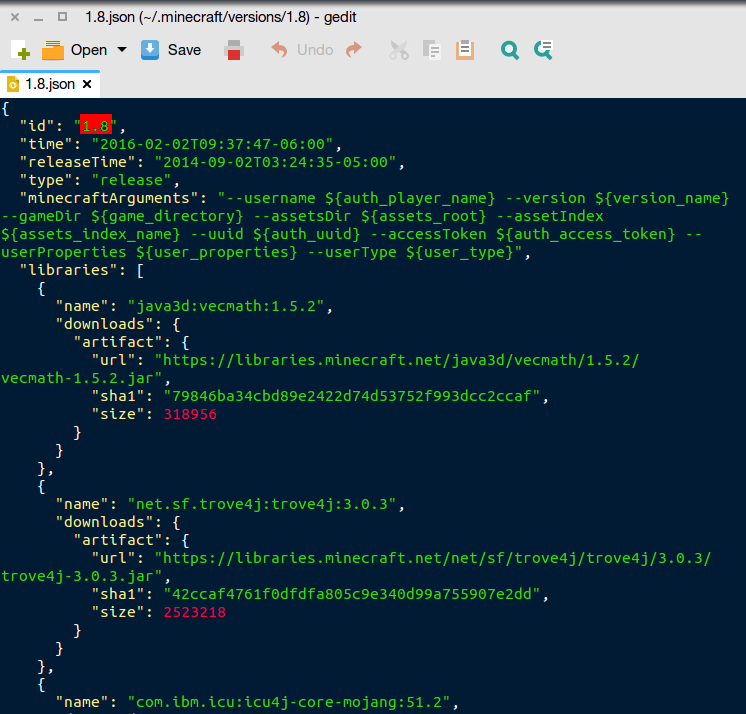

json file called spell_elec, which looks like this: For this, it should look like nothing has changed.įirst, I make a new. If you reload the resource pack, you should see that the model once again has it's texture. (It's important to note, that within the arrow.json file, you must change the "model": file to point to the new spell_blank.json instead of the base model.) This is where I moved the "textures" element to. The "parent" element points towards where I placed the model ( spell_base) within the model/item folder. To get the texture's back, I created this spell_blank.json file: By itself, this model cannot be used in game now, unless you want a purple and black look. So instead I modified my model file to look like this:Ĭan you see what I did? Just in case you didn't, I removed the "textures" element. I don't know about you, but I certainly didn't want to do that. If we look in game, we can see it works perfectly:īut, I now want to make a 2nd slate which looks like this:Īs I said before, I could make a 2nd model file with the new texture instead of the blank texture, however if I then want to change what the model for all the slates, I'd have to edit every texture's model file. I want my new slate texture to replace an arrow with the CustomModelData of 4230000, so I open the arrow.json default file and modify it to look like this: After finishing your model, you should end up with a JSON file that looks similar to this: Luckily, there is a way to do that without creating a near identical model for every texture.įor this, I will use a spell slate pack I am creating as an example.

If you have a custom model that you have created, you may want to reuse that model but with a different texture.


 0 kommentar(er)
0 kommentar(er)
